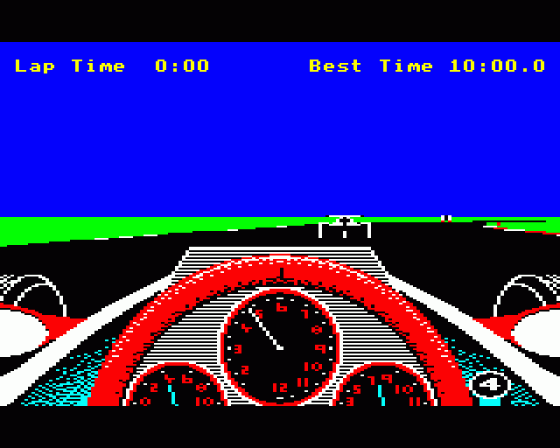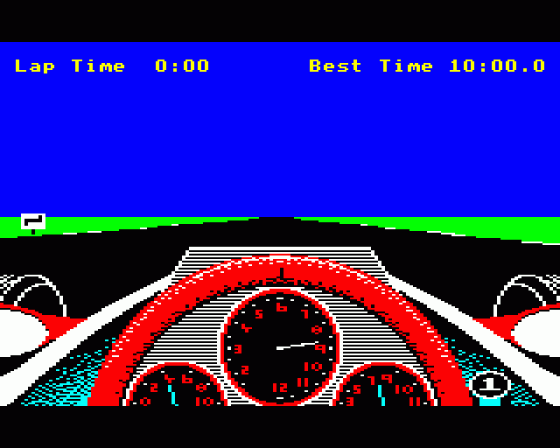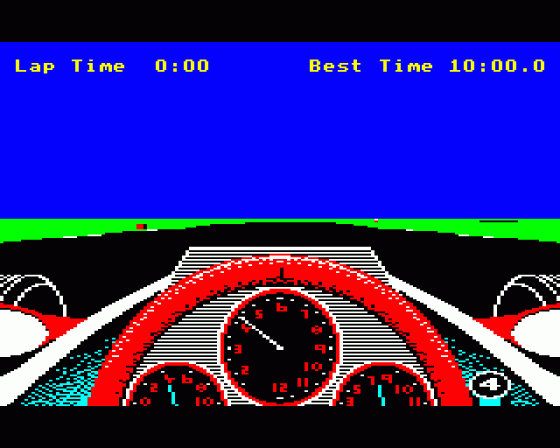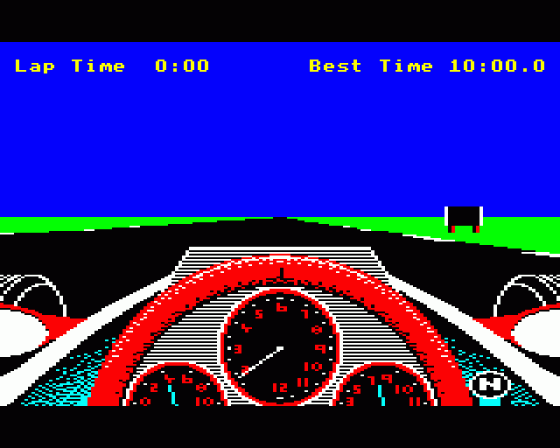Other Reviews Of Revs For The BBC Model B
Revs (Acornsoft)
Revving up at Silverstone
Revs (Acornsoft)
A review
The BBC Collection
Mike Roberts finds high quality and high price the standard of games for the mainly educational BBC
Revs (Acornsoft)
A review by Rory Newman (Computer Gamer)
Revs (Acornsoft)
A review
Revs (Acornsoft)
Revs is the new super game from Acornsoft, to follow the highly successful and acclaimed Elite. Mike Williams, keen to try his hand, reports on his experience of driving a Formula Three racing car round the tricky Silverstone circuit.
Revs (Acornsoft)
Taking The Chequered Flag For Real


 1st July 1985
1st July 1985










